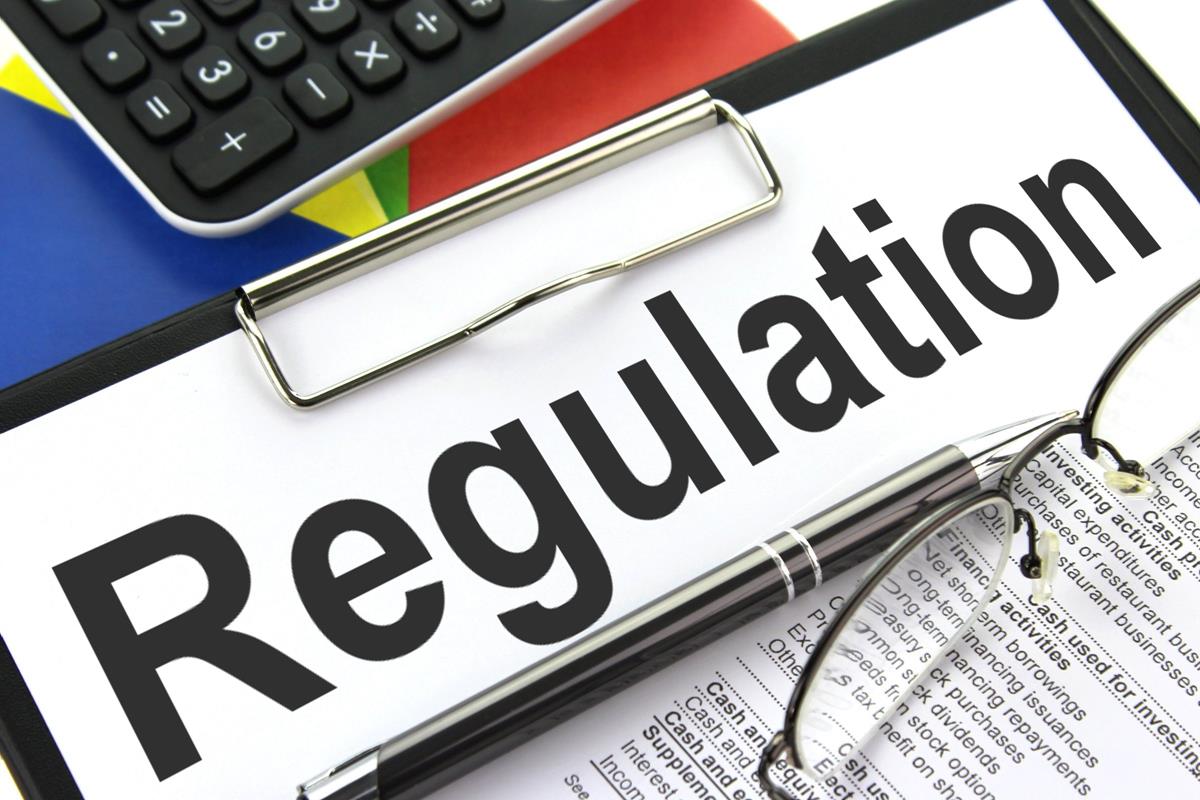The cases between government or industry self regulation

In the insurance industry today, there is quite a lot of debate as to what is the more effective route to go with respect to making sure there is fairness and good governance within the short-term insurance industry. Is regulation and legislation from the regulator and parliament the most effective way to go, or is self-regulation from the various bodies that make up the different parts of the industry more relevant and more effective. One appears to have more teeth, the other would be drafted by those who are closer to the “coal face” and would be more in touch with what is realistic in the circumstances.
Currently we have examples of both in the industry and the benefits and disadvantages should be looked at. The overwhelming majority of examples would be the legislation and regulation forced from above which is drafted by the regulator in the Financial Services Board or the Department of Treasury and is passed either by way of amendments to existing legislation or new regulations or legislation. These would specify what the rules are and would be enforced by the regulator through their enforcement committee or the courts where criminal sanctions are laid down.
There is a strong feeling within the industry that the legislation has more teeth precisely because there are strong penalties and the adjudicators are independent of the players themselves. Where there are breaches they are independently dealt with and whatever penalties are deserved are then meted out. Also, there is a feeling that an independent party such as a regulator will be more objective in assessing the issues that are facing the industry, specifically because of the complaints they receive from customers and understanding the other side of the story better.
The disadvantages are that the drafters of the regulations are not as close to the issues “going on the ground” and often the regulation may look good on paper but may not be realistic or genuinely beneficial to the entire Insurance system if implemented. While the regulator does consult expansively when preparing legislation and has recently clearly taken seriously the comments of the industry there are issues where consensus is not reached by all areas of the industry and there may be points which the regulator is insistent on implementing. One does then get a final legislation which may not be in policy holder’s interest in many situations or where the whole industry is “tarred with the same brush” as a few outliers. One often loses buy-in in these situations and certain individuals within the industry will look to innovative lawyers to try and find loopholes.
With regards to self-regulation, one has the advantage that consensus is reached within the industry of the regulations that are agreed which creates buy-in and the principals are more readily adhered to by industry. One will not look for loopholes as the principals are agreed. In the short term industry SAIA members have agreed on the SAIA Code of conduct which in my view creates good principals to protect consumers and ensure fairness to customers and good governance. It also has the advantage that it was created by its own members and the buy in is high. The disadvantage is the enforceability of sanctions or penalties for breaches and to create a forum that can adjudicate independently. This has worked very well with the Ombudsman for Short Term Insurance which is a voluntary scheme and the entire office of the Ombudsman is effectively self-regulated where insurers voluntarily become members of the office. Strong insurance attorneys or claims individuals work in the office who are independent and the very few rulings that do come out of the office show the buy-in that exists within the industry.
As one can see there is no right answer to say which is better between the two, it depends on the process and how it is implemented, both can work if done correctly with the right buy-in and consultation.
by Danny Joffe : Chairman of Klapton’s Ethics, Nominations & Remuneration Committee
Photo by Nick Youngson / CC BY-SA 3.0


